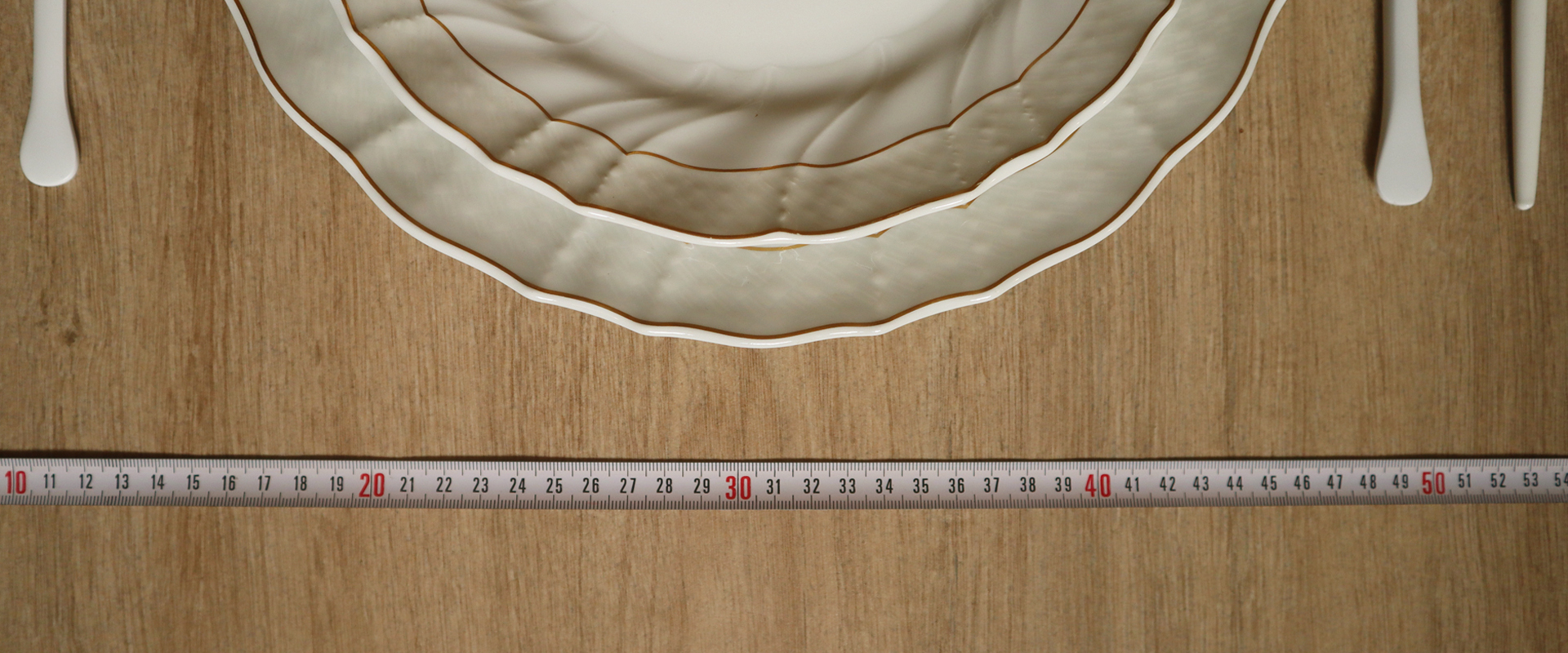
The table is a place for conviviality, sharing, enjoying yourself with others. Laying it is an art, and knowing how to behave properly when dining at it is a blend of skill and technique.
All great things happen around a table: loves, contracts, plans, friendships, collaborations. Good manners and conviviality influence and define our way of life, our language, the gestures that characterise us, both in everyday life and in those special moments.
When talking about good manners, the first image that comes to mind is the classic rap on the knuckles with a wooden ruler, a ruthless punishment for anyone who dares contravene unyielding rules, unwavering axioms and diktats - in short, all those unshakable certainties that prescribe what is wrong and what is right.
Amidst all these dos and don’ts, however, there is hardly ever a mention of the history and evolution of these customs, the reasoning behind certain norms. By casting aside the granitic truths, we can lighten both tables and consciences bearing in mind that when it comes to etiquette, nothing is ever devoid of meaning or grace.
Here are three tidbits of bon ton at the table and a few tricks for understanding and remembering them. The bare minimum for making a good impression.
1.
CUTLERY POSITIONS
Position 1 - Waiting
When you have to put your cutlery down during the meal, be it to take a sip of your drink or simply to chat, this is the correct position:
Why? This position is designed to prevent you from dirtying the handles of the cutlery with any drips of sauces which may risk dirtying your hands, as well as staining the tablecloth.
Position 2 - Finished
At the end of the course (even if there is some food left over), the cutlery should be placed at 6.30, i.e. with the handles pointing straight down.
Why? This position helps to make it easier to clear the table, as well as allowing the servers to be absolutely certain that you have finished with your meal. If you only have a single piece of cutlery and you place it sideways, the message may be ambiguous.
2.
USE OF THE NAPKIN
Whilst no historical rules of etiquette prohibit a fixed position for one’s napkin, it is, however, good practice to know the correct way of using it.
Why? This is to avoid running the risk of dirtying your clothes and to spare both yourself and others the sight of your detritus on the napkin.
3.
POSITION OF A COFFEE SPOON
Coffee is always a pleasant end to a meal, whether drunk at home, at a restaurant or at a café, but it still has its rules.
Why? The reason is very simple: when it comes to clearing the table and removing the dishes, a teaspoon left inside a cup is infinitely more likely to fling itself out of the cup and bounce off several different surfaces, with the ghastly result of making everybody within a radius of one metre dirty.